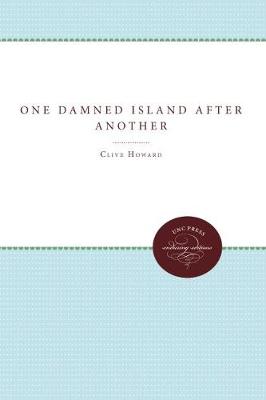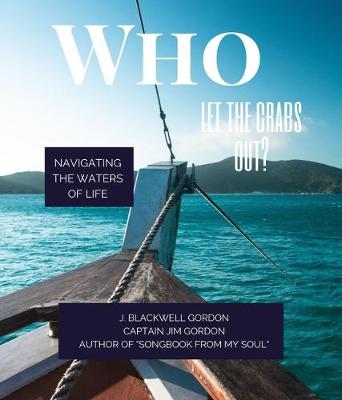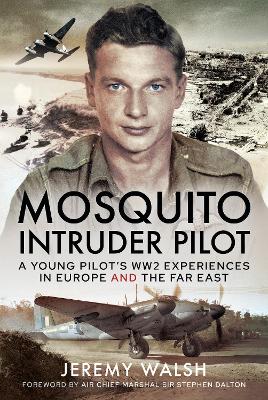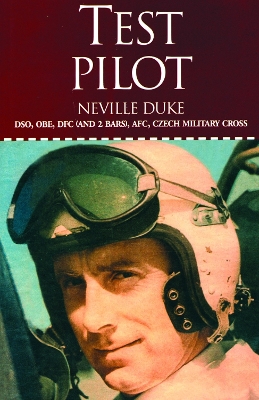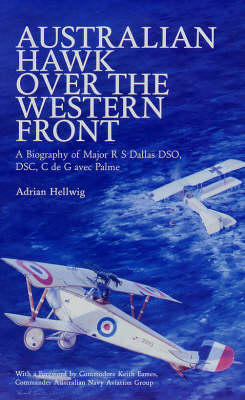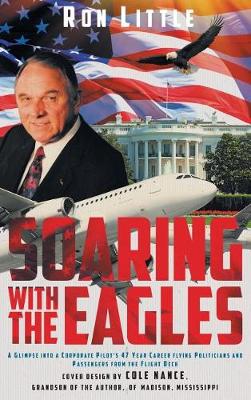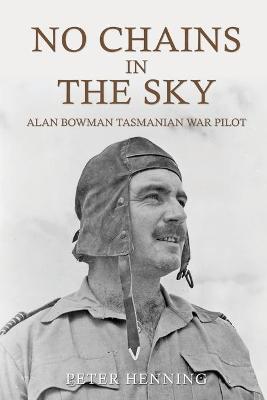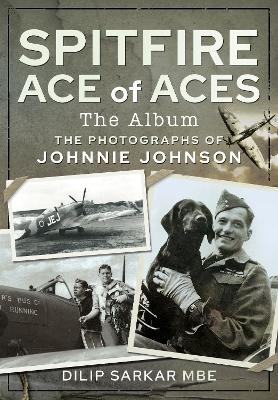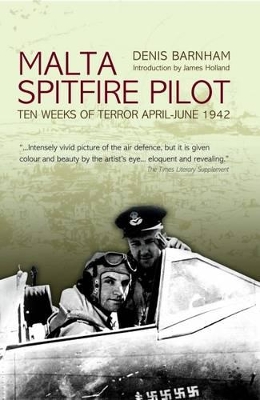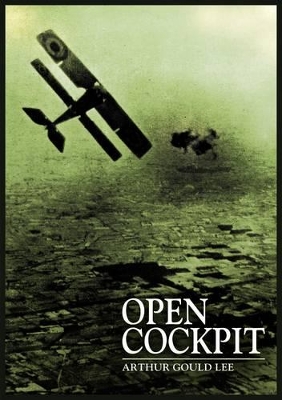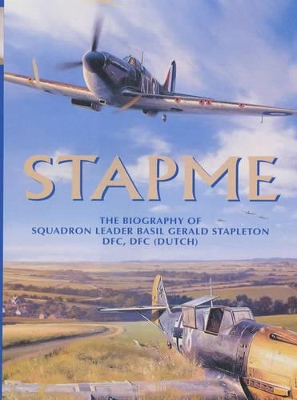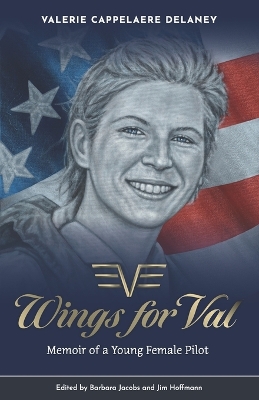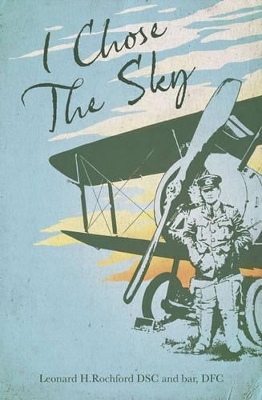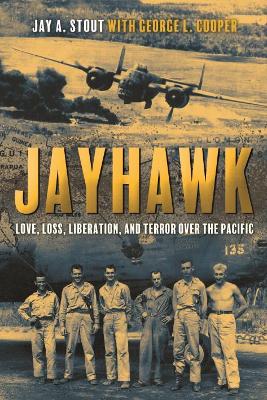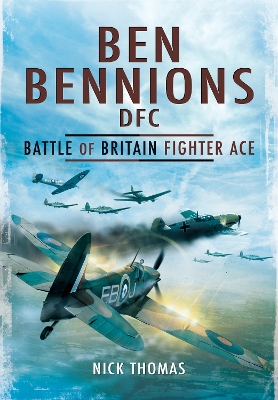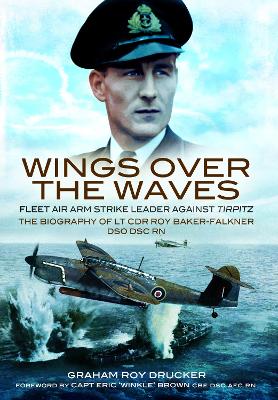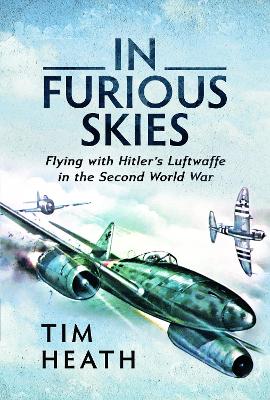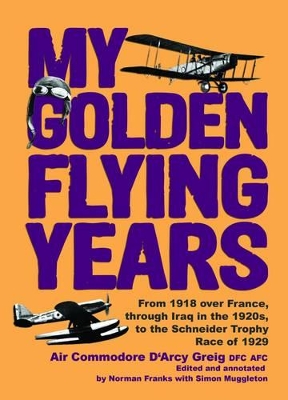This is the official history of the Seventh Air Force. It is not a ""brass hat"" story; it is told from the point of view of the men themselves, often in their own words, with realistic vigor and with the lively sense of humor that made it possible to achieve victory in the Pacific. Originally published in 1946. A UNC Press Enduring Edition -- UNC Press Enduring Editions use the latest in digital technology to make available again books from our distinguished backlist that were previously out...
Ben Walsh lied about his age to join the RAF, determined to play his part in the Second World War. He volunteered to be an intruder pilot, flying low level operations in the dark. Initially flying ops in Douglas Boston Intruder IIs, he then converted to the legendary de Havilland Mosquito FB VI. Ben flew ops for three years, starting in the skies over with Europe with 418 (RCAF) Squadron, then ferrying one of the first Mosquito FB VIs to India before flying in the Burma campaign with 27 Squadron...
Duke started WWII as a fighter pilot with 92 Squadron at RAF Biggin Hill. Awarded the DSO, he became an RAF test pilot towards the end of the war, and continued as a peacetime test pilot with the Hawker Aviation Company. Published in 2003, marking the 50th anniversary of the Hawker Hunter’s world speed record.
Major Roderick Dallas is Australia's leading air ace of all time and, with fifty victories, also one of the highest-scoring Commonwealth aces. Even so, until this excellently researched volume, there has never been a full biography of this exceptional pilot, whose fighting career spanned from 1916 to 1918. Flying Nieuport Scouts, Triplanes and Camels with the RNAS and RAF, he was an ever-present threat over the Western Front and the scourge of the German Air Force. Hellwig's book has been taken...
Air Vice-Marshal James Edgar 'Johnnie' Johnson CB, CBE, DSO & Two Bars, DFC & Bar, DL was a character literally from the pages of Boys' Own: an individual who became the RAF's top-scoring fighter pilot of the Second World War. A one-time household name synonymous with the superlative Spitfire, Johnnie's aerial combat successes inspired schoolboys for generations. As a 'lowly Pilot Officer', Johnnie Johnson learned his fighter pilot's craft as a protege of the legless Tangmere Wing Leader, Dougl...
Malta in the summer of 1942, a Malta wide open to air attack from the Germans and Italians and defended by a handful of Spitfires and a few anti-aircraft guns. Denis Barnham, a young and inexperienced flight lieutenant, spent ten hectic weeks on this indomitable island; he left a well-ordered English aerodrome for the chaos and disillusionment of Luqa. His task was to engage the overwhelming number of enemy bombers, usually protected by fighter escorts, and shoot down as many as possible. The Sp...
Thanks to a broken leg during flight school, Arthur Stanley Gould Lee gained valuable additional time flying trainers before he was posted to France during World War I. In November 1917 during low-level bombing and strafing attacks, he was shot down three times by ground fire. He spent eight months at the front and accumulated 222 hours of flight time in Sopwith Pups and Camels during a staggering 118 patrols; being engaged in combat fifty-six times. He lived to retire from the RAF as an air vic...
Gerald Stapleton was born in Durban, South Africa in 1920. In January 1939 he took up a short service commission in the RAF and eventually joined 603 (City of Edinburgh) Squadron in December 1939, prior to becoming on of the outstanding fighter pilots of the Battle of Britain, accounting for nearly 20 enemy aircraft destroyed, probably destroyed or damaged. All his scores were achieved on Spitfires during this battle and he was revered as one of Richard Hillary's contemporaries in whose book "Th...
The newest addition to the Grub Street Classics range is this fascinating, insightful and, at times, nail-biting account by the World War One veteran, Leonard H. Rochford. This book has been out of print for more than thirty years and we are delighted to be putting it back on the shelves. In these exciting memoirs, Tich Rochford writes about his two action-filled years as a World War I fighter pilot with the famous No. 3 (Naval) Squadron when he flew planes such as the Sopwith Pup and the Sopw...
During World War II the Ninth Air Force comprised air-to-ground aviators, charged with destroying the enemy close to the front and below the clouds, often bringing them face to face with their German opponents. The 362nd Fighter Group, led by two very different leaders - the tough disciplinarian Col. Morton Magoffin and later the beloved motivator Col. Joe Laughlin - had one of the best track records in the Ninth Air Force. It destroyed over 5000 trucks, 350 tanks, 275 artillery pieces, 45 bar...
Born in the Philippines to an American father and a Filipina mother, George Cooper is one of the few surviving veteran pilots who saw action over such fearsome targets as Rabaul and Wewak. Not just another flag-waving story of air combat, Jayhawk describes the war as it really was - a conflict with far-reaching tentacles that gripped and tore at not only the combatants, but also their families, friends and the way they lived their lives. Stout examines the story of Cooper’s growing up in gentle...
Ben Bennion enlisted in the pre-war RAF, serving first as an 'erk' before being selected for pilot training. His first posting led to service in the Middle -East and Bennion's passport and other travel documents had to be rushed through. A clerical error led to his name being recorded as 'Bennions'. Ben served in 41 Squadron and, following their overseas tour he returned to the UK and Catterick. Patrols and scrambles were common throughout the early months of the war, but it was in May 1940, th...
This is the biography of one of the Royal Navy's legendary pilots. BF or Daddy as he was known, started his career at Dartmouth and then spent his early seagoing years in Hong Kong, Nagasaki and Hiroshima. His wartime experiences as a Fleet Air pilot aboard HMS Glorious included the historic air strike at Taranto and the search for the Graf Spee. In May 1940 he was loaned to Coastal Command and attacked German Panzer tanks in a biplane, defended Allied troops over Dunkirk and was one of only a f...
When a proud Adolf Hitler revealed his new Luftwaffe to the world in March 1935, it was the largest, most modern military air arm the world had seen. Equipped with the latest monoplane fighter and bomber aircraft manned by well-trained and motivated crews, it soon became evident that the Luftwaffe also possessed a high degree of technical superiority over Germany's future enemies. Yet within just nine years the once-mightiest air force in the world had reached total collapse, destroyed in part...
Written some forty years ago for his own enjoyment, and twenty years before his death in 1986, this biography was given to Simon Muggleton, a collector of aviation memorabilia, and he and aviation historian and author Norman Franks recognised immediately that it was an important contribution to Britain's and the RAF's early history. Without altering any of D'Arcy Greig's original writing, Norman has merely made it more concise and manageable, adding annotations of useful information, particularl...
Amy Johnsons solo flight to Australia smashed many previous aviation records of the 1920s. This work, written by Constance Babington Smith, tells the story of the typist who took to the skies.
